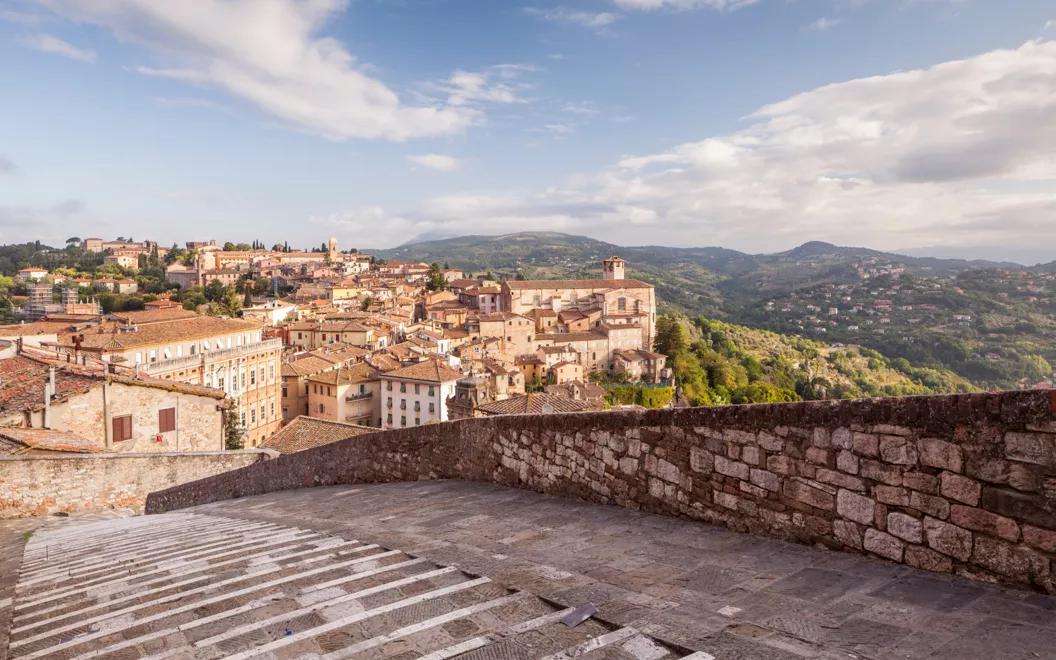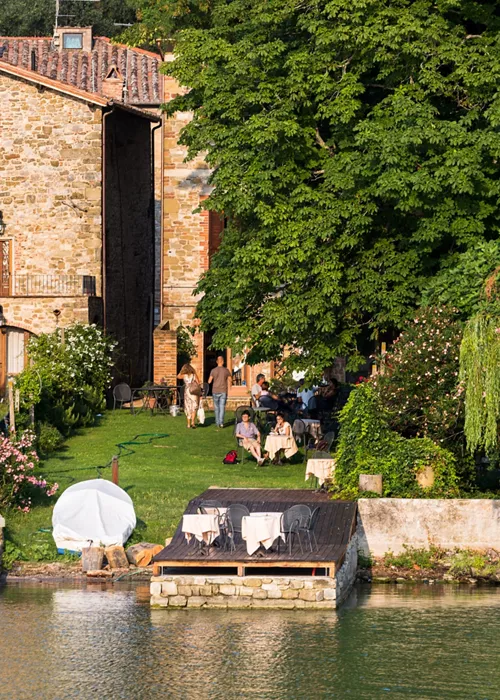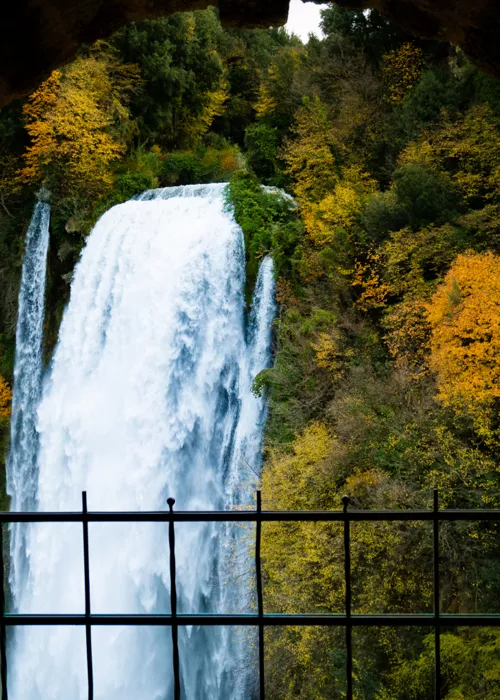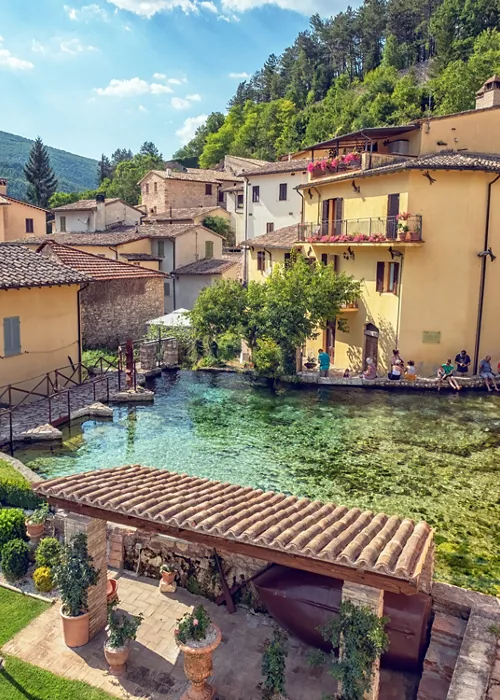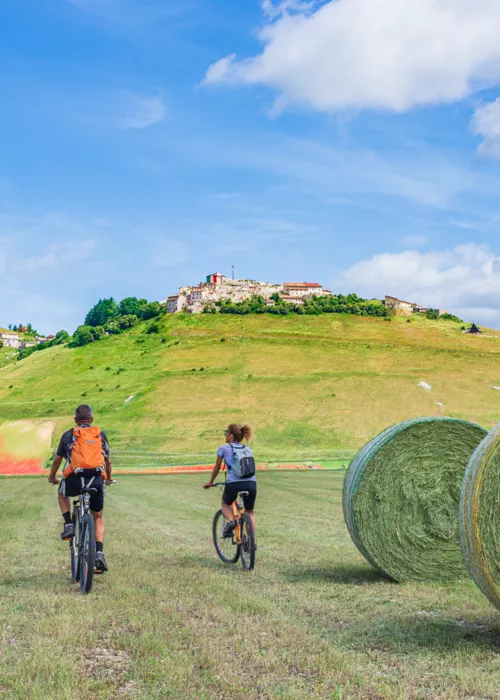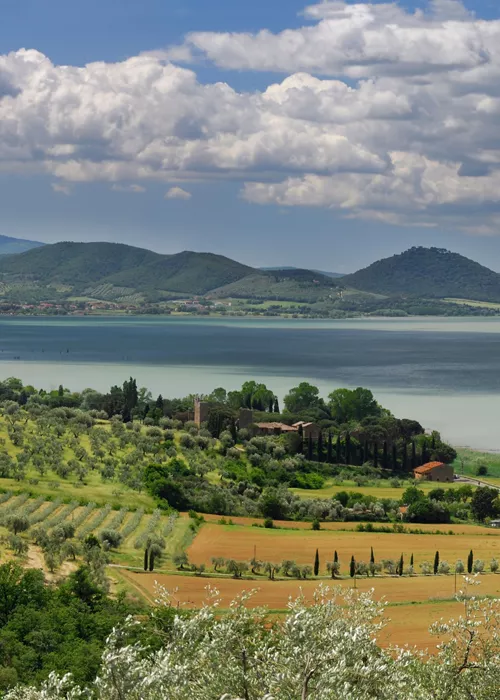The heart of Perugia: Piazza IV Novembre

Perugia is a structured city. Its urban design is structured in the shape of a star, with the city districts stretching along the ridges of the hills, following the direction of the main gates of the ancient walls.
Its history is also
structured. In addition to being an important city of the Etruscan confederation (parts of the city walls of the time are still visible), Perugia was one of the most flourishing medieval municipalities in central Italy, before passing to the dependencies of the Papal State, a symbol of the temporal power of the popes of Rome.
According to many Perugians, living in Perugia is also structured, because of the many steep reliefs on which the city lies, connected today by lifts and escalators. However, it is the Perugians themselves who admit that the many attractions of the city and the undeniable beauty that permeates the oldest nucleus and the surrounding countryside make life in Perugia particularly stimulating and lively.
At the centre of everything, since the foundation of Perugia in antiquity, is Piazza IV novembre, the millenary seat of the city government and the most important place of worship, the cathedral of San Lorenzo.
The waters of the splendid Fontana Maggiore, all marble, bronze and reliefs, flow in the middle of the square, leaving an indelible memory for those who observe the perfect harmony of forms and materials, before accessing the interior spaces of the National Gallery of Umbria, a few steps further south.
Umbria National Gallery

The National Gallery of Umbria preserves the largest collection in Italy of works made by Umbrian artists, as well as a remarkable collection from other areas of Italy.
It was 1879 when Palazzo dei Priori, the seat of the municipal government of Perugia since the end of the 14th century, was chosen to host a museum dedicated to the artistic masterpieces of what was then called the Civic Pinacoteca.
Following the exhibition, which occupies two of the upper floors of the palace, you will walk through over seven centuries of the history of painting and sculpture, from the thirteenth to the twentieth century.
Some of the most representative names in Italian figurative art of all time are celebrated in the museum's halls, such as Duccio di Buoninsegna, Beato Angelico, Piero della Francesca, Orazio Gentileschi, Piero Dorazio and Alberto Burri, just to name a few of the most famous.
The series of works made by the two most famous Perugian artists of the Renaissance is particularly rich: Bernardino di Betti, better known as the Pinturicchio, and Pietro di Cristoforo Vannucci, known as the Perugino, master of Raphael and city pride, to whom the main street of the historic centre of Perugia, Corso Vannucci, is dedicated.
Rocca Paolina and the underground city

Considering the geographical location of Perugia, perched on the steep Umbrian hills, it must not have been easy for the architects and masons under Pope Paul III to build what, in the mid-16th century, was considered one of the most impressive and impregnable urban defensive structures in all of Italy: the Rocca Paolina.
The story goes that, in 1540 after surviving a popular insurrection led by the Baglioni clan, a historical and influential aristocratic family of Perugia, the military forces of Pope Paul III occupied the city, which would remain in the hands of the Vatican until theUnification of Italy.
As a demonstration of power, as well as to leave a concrete and visible mark of the new domination, Paul III ordered the razing of the palaces and houses owned by the Baglioni, located on the Landone hill, south of the historic centre, to expand and strengthen the defensive walls of Perugia with a new gigantic fortress, which was never really used for military purposes.
Today, the Rocca Paolina offers an underground walk in the bowels of Perugia: a large part of the internal walkways and paths were closed off by roofs and canopies. Walking through the cyclopean halls, bare and dark, and the steep tunnels of the Rocca Paolina, connected by a modern system of escalators, a lesser-known face of the Perugian identity is revealed, a side buried underground, surprising and unexpected witness to episodes of the past. Here, no one will fail to notice the "Grande Nero", the imposing kinetic sculpture by Alberto Burri located in the Salone delle Acque. Before reaching the San Pietro complex, the fourth stage of this itinerary, it is also worth visiting the Cistercian complex of San Giuliana.
Basilica of St Peter

Continuing from the Rocca Paolina along Corso Cavour, moving away from the mediaeval centre of Perugia, you reach Porta San Pietro, also known as Porta Romana as it was a historic access for those who came from the Eternal City.
It is a refined and monumental access arch of the Perugian walls, named after the church of San Pietro, located a few steps further south, outside the city walls.
A tall and elegant bell tower, in the shape of a cusp, makes the Basilica of San Pietro recognisable from the different panoramic points overlooking this district, located on one of the starred points on which the urban planning of Perugia is designed.
Surrounded by the greenery of the Umbrian countryside, despite its proximity to the city centre, the Church of St Peter is part of a larger monastery over which different eras, with their respective architectural styles, have left their mark.
Inside the basilica, flanked by a Renaissance cloister, dozens of paintings are revealed, mainly fifteenth and sixteenth century, among which stand out, on the walls of the sacristy, five small paintings by Perugino depicting as many saints, which were part of a polyptych that has now been dismembered.
Before returning to the open air, it is advisable to have a close look at the mastery with which the wood of the sixteenth-century choir was inlaid, behind the main altar. It is time now for a tasty break by reaching the Perugina Chocolate House and Historical Museum.
Perugina Chocolate House and Historical Museum

Among the industrial warehouses and shopping centres of the San Sisto district, on the southern outskirts of the city, there is one of the most visited and appreciated tourist treasures by gourmets and sweet lovers, the Perugina Chocolate House and Historical Museum.
It is the production plant of this brand, which has brought Perugia and Umbria to the tables all over the world, to welcome external guests, with mandatory reservation, along an interactive route, which puts the sensory and tasting experience at the centre of the visit.
Before viewing from above, and in real time, the production process of the Perugina factory, the museum tour delves into the origins of the company and the original chocolate idea of one of the founders, Luisa Spagnoli. Then there are the images and films of the advertisements that have made the history of Perugina, alternating with insights into the textures, processes and varieties of cocoa used to create baci and other chocolates.
The path of the Perugina chocolate house and historical museum ends with a sweet note, and it could not be otherwise in this "Eldorado" of chocolate: it is finally time to taste the different creations, some traditional, others more recent and creative.
City of Sunday

This is where this two-day trip to Perugia ends. As a couple or as a family, with friends big or small, the Città della Domenica, a large amusement park set on the slopes of a hill in the western suburb of Perugia, reveals several surprises in every corner to anyone who decides to cross its entrance door.
The Città della Domenica is first and foremost a naturalistic garden, which welcomes dozens of species of animals, some exotic, brought to Perugia from distant countries, others native to the Apennines, such as mouflons and deer, others still at risk of extinction and therefore protected in this park, such as the Asinara donkey, originally from Sardinia.
Alongside the attractions related to the animal world, there are also reconstructions of fantastic worlds, which take up the fairy tales of some timeless characters from literature and cinema, such as Pinocchio, Snow White and Sleeping Beauty, or which reproduce mythical and legendary environments, such as those of the Far West and the Middle Ages.
A little train crosses the entire park, and the ideal is to get on board for a few moments of relaxation, between one game and another, or between a show and an educational workshop.


